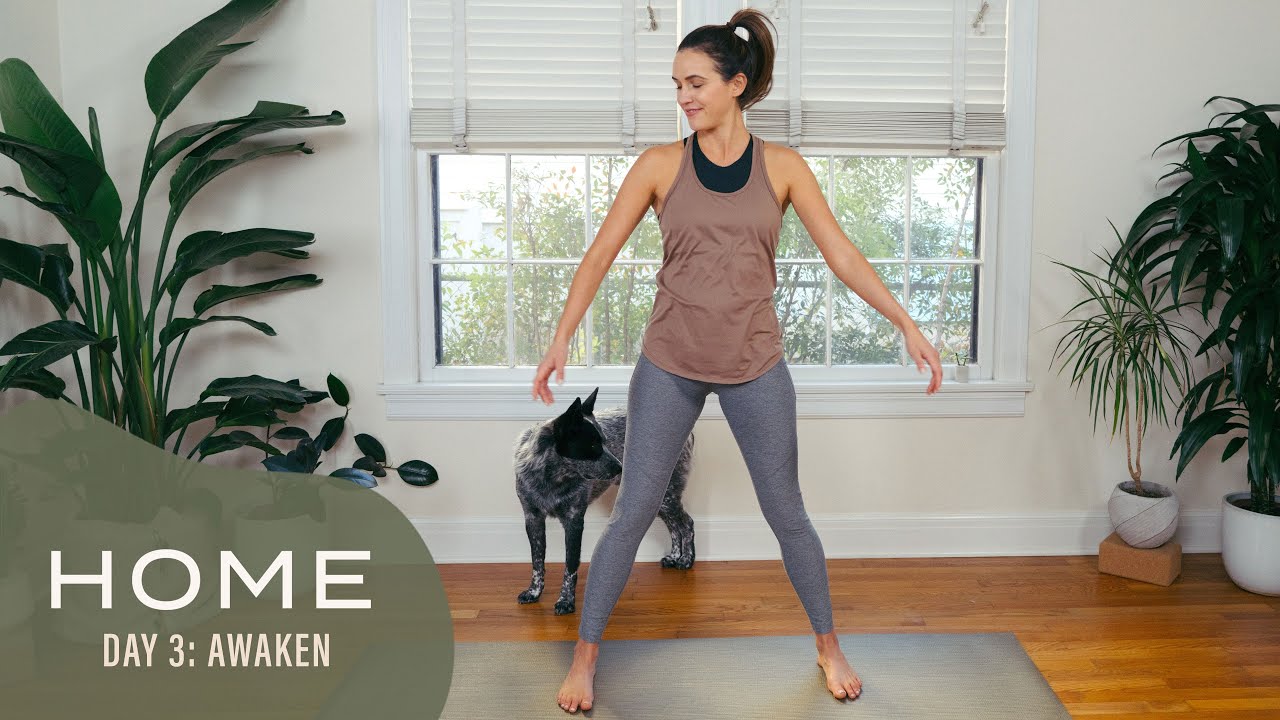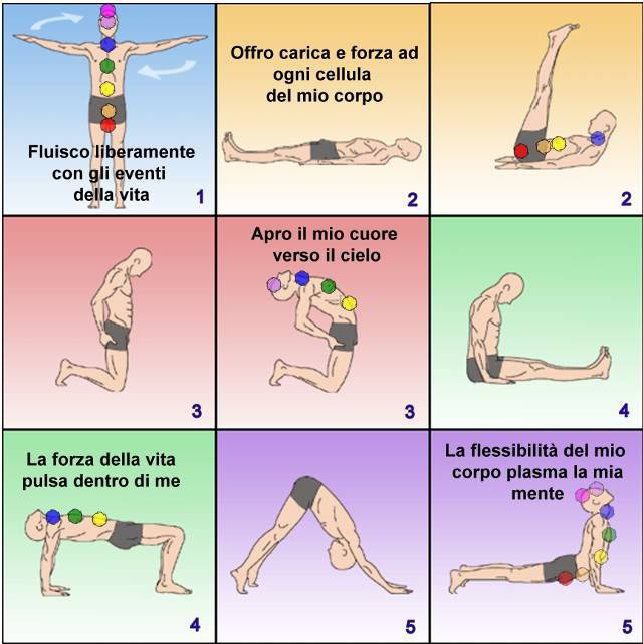
For constipation relief, yoga can be a great option. These poses can help relieve constipation because they stretch your entire body. They are useful in preventing future constipation. These yoga poses are simple to do and will make a great start to your day.
The Corpse Pose
It is possible to reduce stress and constipation by incorporating the Corpse Pose in your yoga routine. Stress is one of many factors that can cause constipation. As such, it is crucial to include this restorative posture into every yoga session. Try to include Corpse Pose in at least 10% of your yoga practice.
Staff Pose
If you are suffering from constipation, you may consider the Staff Pose, also known as Dandasana. This is a gentle compression of the abdominal organs that works the abdominal muscles, encouraging digestion. This pose can help to relieve menstrual cramps in females.

Wind Relieving Poses
Wind Relieving Poses is a great way for constipation relief and to help with abdominal gas. It stimulates digestion, speeds up gas movement through the intestines and increases the speed of metabolism. You can perform this pose by lying on your side and pressing your right leg against your abdomen. Next, lift your head and chin off the floor. Do the same with the other leg.
Bharadvajasana
Bharadvajasana is one of the best poses for constipation relief. This position opens the hips and strengthens the abdominal muscles. It also facilitates bowel movements. This posture can also stimulate the nerves in your abdomen to aid with elimination. You can do it in a seated position, or slightly sideways.
Paschimottanasana
Paschimottanasana yoga pose can be helpful in reducing constipation. To improve the movement and health of the bowels, this forward seated bend uses the squeeze/release principle. This pose is most commonly held for one to three min.
Bhastrika Pranayama
Bhastrika Pranayama can be one of most effective pranayamas in constipation. This breathing technique utilizes the abdominal muscles and diaphragm to increase blood circulation to the digestive system. This technique can be used to increase the capacity of the liver as well as the spleen to tone and improve digestion.

The Child's Pose
It is possible to relax and relieve stress and tension by doing the child's pose. These are two major causes of constipation. Regular bowel movements can also be caused by chronically high stress levels. Both beginners and intermediate yogis can do this pose. This pose requires that you sit down on the ground with your arms extended in front. By meditating and slowing down, tension and stress will be released while you are in this position.
FAQ
What is the difference between yoga and pilates?
Yoga and pilates are effective workout programs but differ in how they work. Both are based on stretching but yoga emphasizes poses that strengthen your core muscles.
Pilates emphasizes balance and strengthening core muscles. It's important that you know that yoga can be used as a complement to pilates.
What research shows about yoga as a way to improve your health?
Yoga has been found to improve mental well-being, reduce stress levels, and promote overall wellbeing. Yoga can also help people lose weight and maintain healthy body mass index (BMI).
Yoga can help reduce blood pressure, improve cardiovascular function and enhance immune system functioning.
These are just a few benefits of yoga.
You could go on and on.
Who would the most benefit from practicing yoga?
The target market for yoga is people who want a better quality of life by improving their health and fitness levels. People who wish to improve balance, flexibility, posture, and overall health.
They may also be interested in losing weight or gaining muscle mass. They may also be interested to reduce stress and anxiety, and achieve peace of mind.
These people have disabilities such as arthritis, back pain, diabetes and heart disease. For these people, yoga is particularly beneficial.
Does yoga have side effects?
Like all forms of physical activity, yoga has some potential risks. Injury is the biggest danger. You should be able to safely perform each pose.
If you're just starting yoga, you may feel dizzy and faint standing on your head.
This is caused by blood pooling in your brain. Don't worry, though; this sensation goes away quickly.
Do not hold your breath if you feel chest pains while performing downward-facing dogs. This will only increase your heart beat and make it worse.
Is yoga a good option for pain management?
For people with chronic back pain, yoga may be an effective treatment. They are able to improve flexibility, balance and strength, as well as their stress levels.
Before you start a yoga program, make sure to consult your doctor.
How long do yoga classes last?
Most yoga classes run anywhere from 45 minutes to 90 minutes. Some teachers offer shorter and longer sessions at different times of the week.
Statistics
- The people in the yoga group were 37 percent more likely to have quit smoking by the end of the 8-week program. (nccih.nih.gov)
- According to the Agency for Healthcare Research and Quality, falls are incredibly common among older adults in nursing facilities. Even the simplest ones can increase the risk of death (24). (healthline.com)
- Start your Fall off right with 20% off All Access Membership when you sign up by 9/25! (corepoweryoga.com)
- Lock in 25% off your Founding Member rate. (corepoweryoga.com)
- About one in seven U.S. adults practiced yoga in the past 12 months, according to a 2017 national survey. (nccih.nih.gov)
External Links
How To
What can yoga do for your menopause symptoms
Yoga, an ancient practice, originated in India. It focuses primarily on stretching, breathing and meditation. It has been used for thousands years to help people stay fit. Recently, it has become increasingly popular as people seek alternative ways to keep healthy and active during periods of stress and illness.
Yoga is all about physical poses (asanas), which are used to stretch muscles, improve posture, increase flexibility and increase flexibility. This helps to relieve tension and build strength and stamina.
There are several types of yoga. Each type focuses on specific aspects of the body, such as breath, stretching, and relaxation.
All forms and types of yoga seek to attain balance within the body, mind and spirit. Yoga offers many benefits including better fitness, weight loss (weight loss), improved sleep quality and increased energy.
Many studies have shown yoga to be effective in treating anxiety, depression and insomnia. However, evidence is lacking to show that yoga has any effect on other health issues like menopausal symptoms.
As well as helping you feel healthier and happier, yoga teaches you how to relax and manage stressful situations - skills that could be helpful when dealing with menopause.
It is important that you know that yoga can cause soreness in the muscles after exercising. Before you start yoga, talk to your doctor about any concerns you may have.